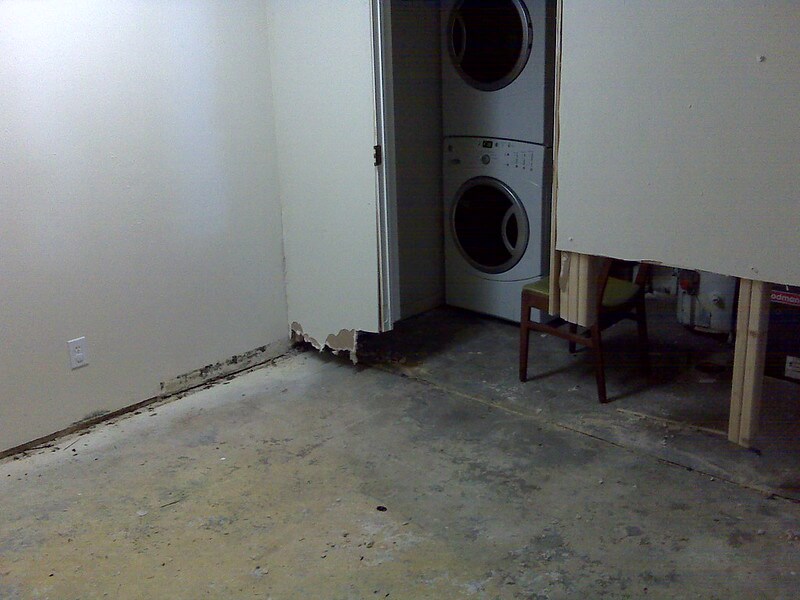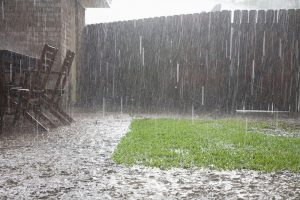Determine Where the Moisture is Coming From
Water Coming From An External Source
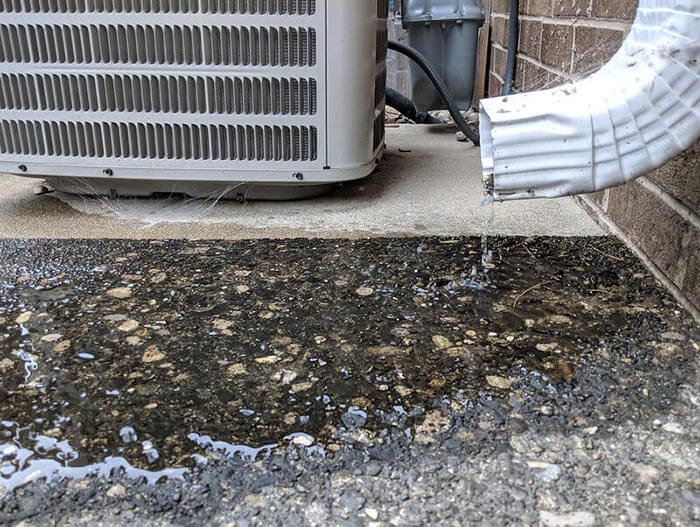
Does Your Basement Leak After it Rains or Snow Melts?
Need Basement Waterproofing?
MT Drains & Plumbing offers basement waterproofing services in Toronto and the surrounding area. If you need help identifying the source of your leaky basement give our team a call and get a free inspection and quote.
Use a Downspout Extension to Keep Water Away from Your Foundation
Downspout extensions connect to your existing downspout to redirect rainwater away from the foundation of your house. We recommend that you use a four- to six-foot downspout extension to channel water runoff. Some downspout extensions can fold or roll up, so you can still finish yard work, such as mowing the lawn, without hassle. Another option is the installation of a catch basin to transport water away from your home.

Slope Soil Around Your Home Away from the Foundation
Use a 6-mil Poly to Prevent Water from Soaking Around the Foundation
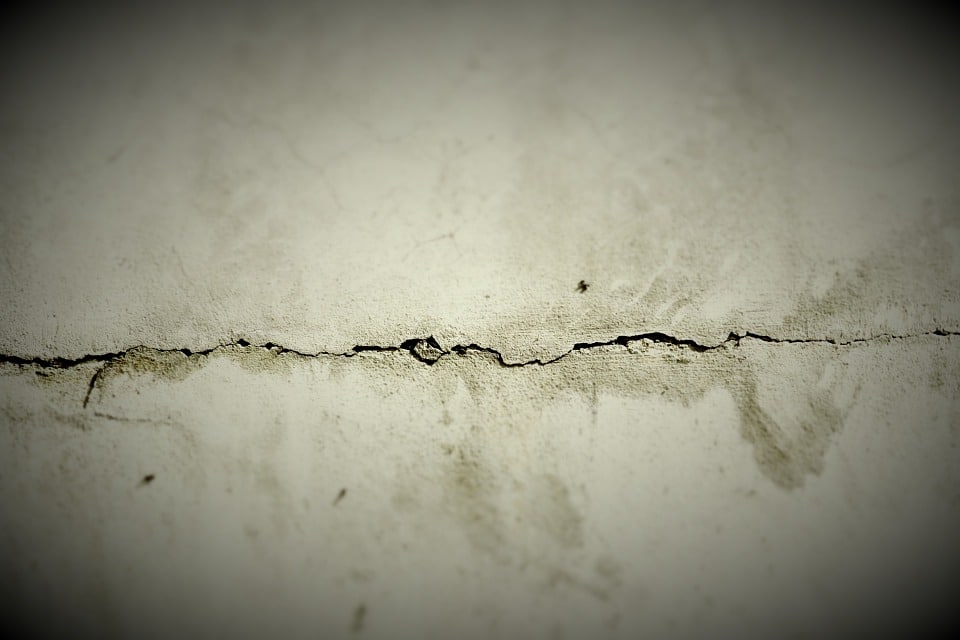
Patch Up Holes and Cracks Along the Foundation
Coat Your Basement's Concrete Walls with a Waterproofer
Install a Drainage System Under Your Basement Floor
Apply a Drainage Mat Under the Floor to Make it Drier & Warmer
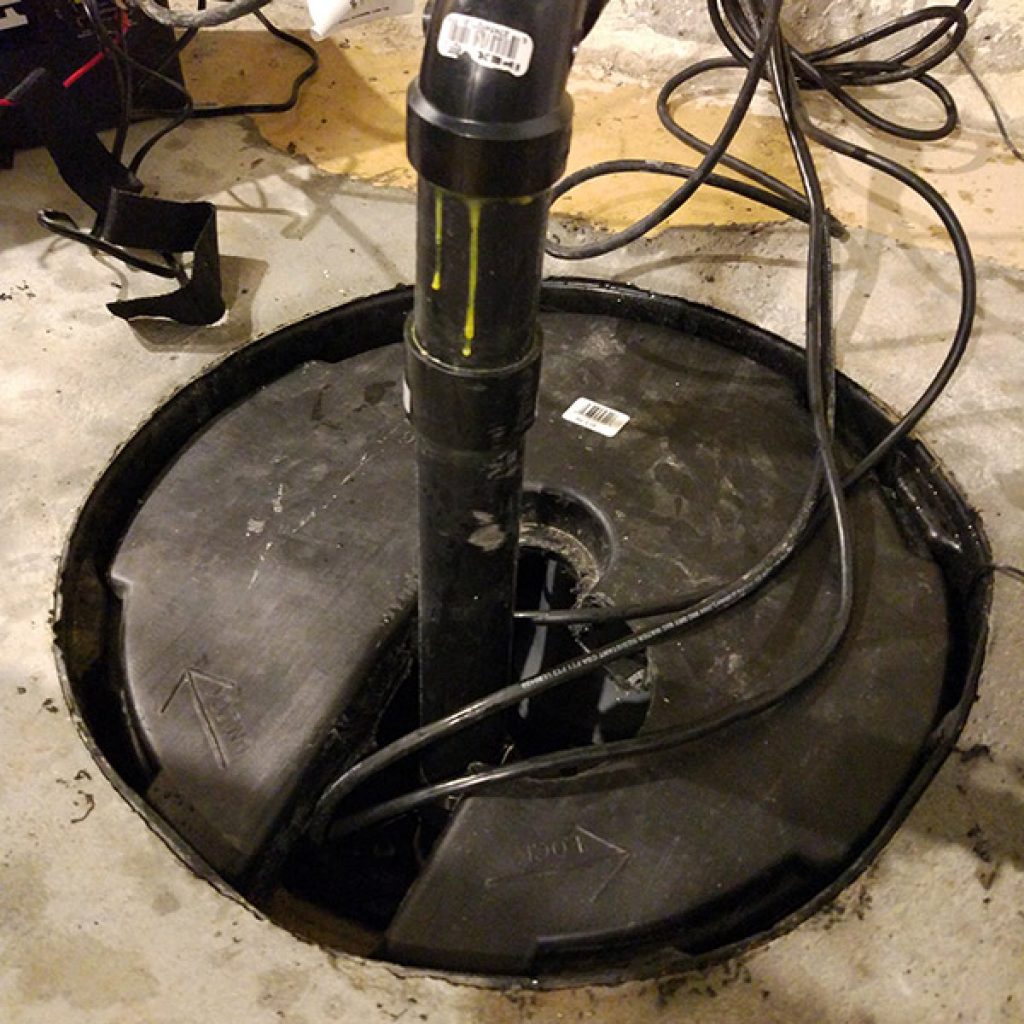
Install a Sump Pump to Connect with Your Drainage System
Water Coming From An Internal Source
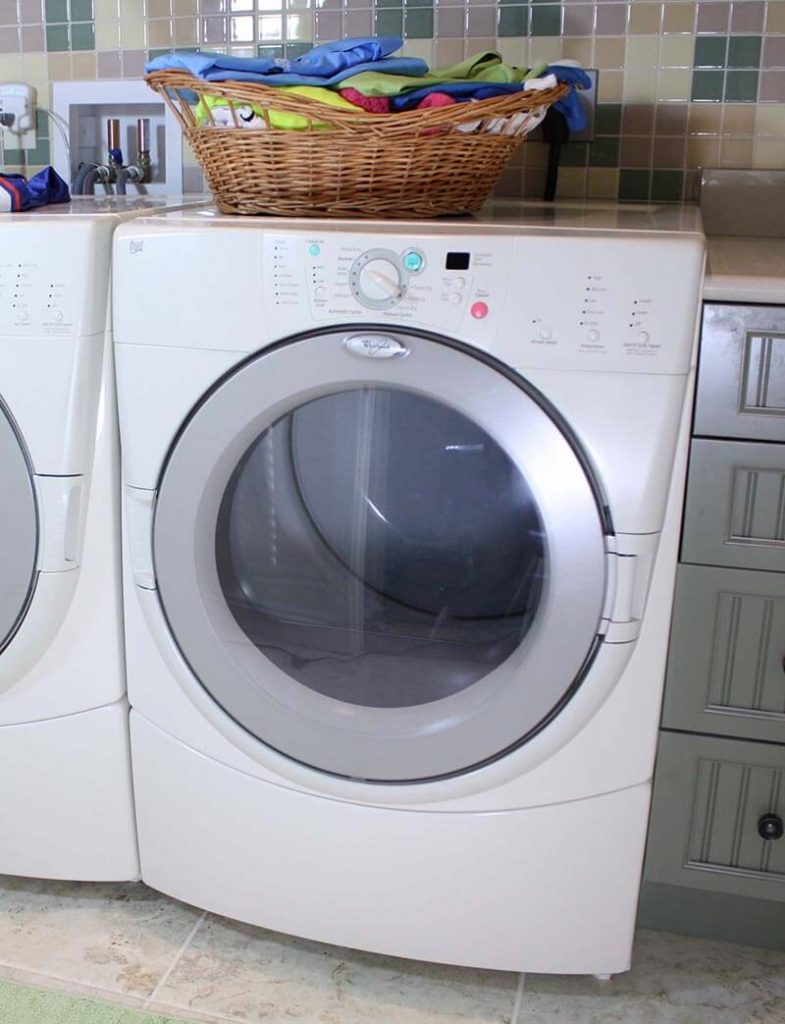
Prevent Build-up of Humidity from Dryer Vents & Showers
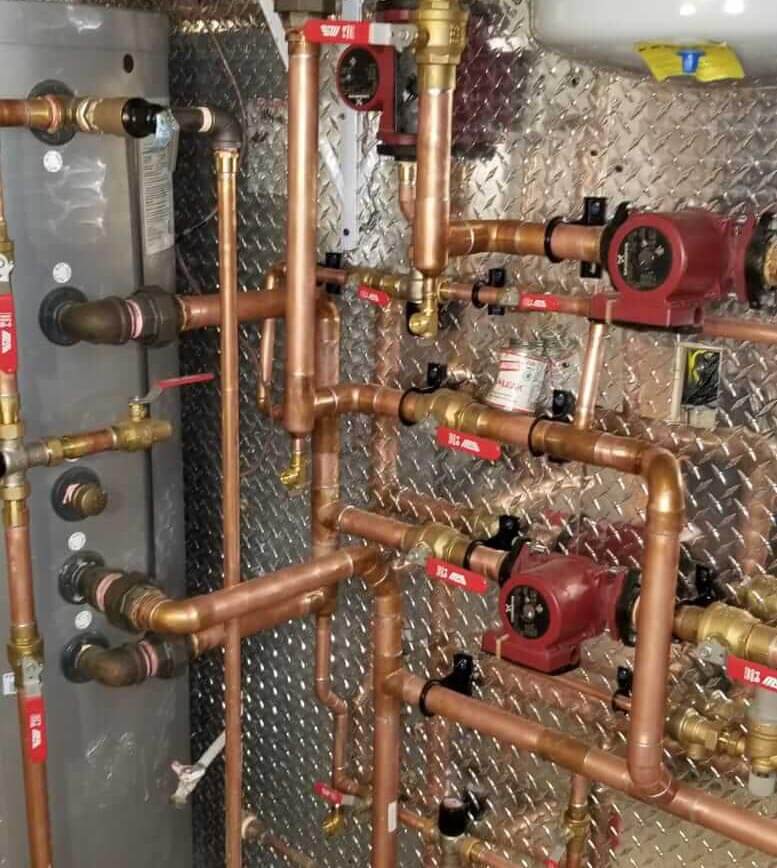
Prevent Condensation from Cold Pipes with Insulation Foam
Insulate Your Walls to Prevent Condensation in Cold Climates
Basement Still Leaky? Call MT Drains & Plumbing
If you’ve explored all the above and are still seeing mystery moisture in your basement, give us a call for a free no-obligation consolation. We’ll come investigate and see if we can get to the bottom of things. We offer our plumbing services to Concord, Toronto, Barrie, Richmond Hill, Markham, Oshawa, Newmarket, Aurora, Vaughan.



